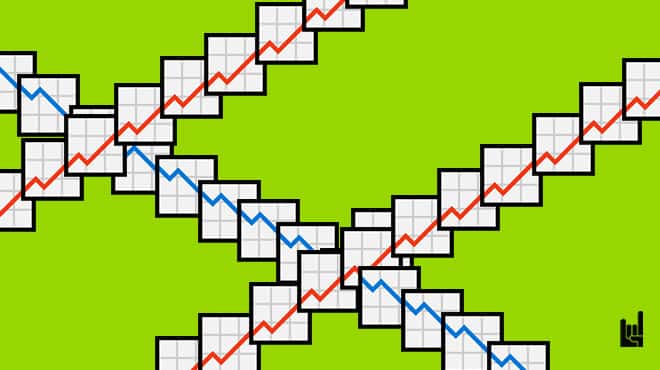If the sales cycle involves only a short consideration phase, the Time Decay model may be appropriate. This model is based on the concept of exponential decay and most heavily credits the touchpoints that occurred nearest to the time of conversion.
The Time Decay model has a default half-life of 7 days, meaning that a touchpoint occurring 7 days prior to a conversion will receive 1/2 the credit of a touchpoint that occurs on the day of conversion. Similarly, a touchpoint occurring 14 days prior will receive 1/4 the credit of a day-of-conversion touchpoint. The exponential decay continues within your lookback window (default of 30 days).
If you run one-day or two-day promotion campaigns, you may wish to give more credit to interactions during the days of the promotion. In this case, interactions that occurred one week before have only a small value as compared to touchpoints near the conversion.


